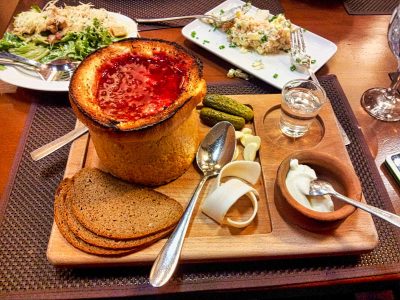We are actually a travel blog, but even we get thirsty on our travels and want a drink. In the West, there is a persistent rumour that there is only one national drink in the whole of Eastern Europe – vodka. We want to show you here that this is not true. On the one hand, not all national drinks in Eastern Europe are alcoholic, on the other hand, the drink menu of Eastern Europe is just like this part of the world itself – diverse and full of surprises!
Which national drinks make the list?
Naturally, the choice is not easy, especially since many drinks are also drunk in other countries. Often there are even several national drinks that can be considered characteristic of the country. We have avoided duplication here in order to be able to present the whole range of national drinks. In addition, we cover all countries here that we also describe elsewhere in our blog, namely all those that used to be on the other side of the Iron Curtain. If you disagree, please let us know and write a comment below. But now we’re off on our journey, which will take us through the cafés, tea rooms and pubs from Weimar to Vladivostok.
Albania – Buttermilk
Dhallë (buttermilk) is one of the most important drinks in Albania. It is mostly drunk at lunch, which is more important in Albania than in other countries in the region. Dhallë is strongly reminiscent of the Turkish ayvar. In general, the Albanian drinks menu is strongly influenced by its old Ottoman heritage, as Turkish coffee is also popular here. Another well-known drink is Konjak Skënderbeu. It is a sweet brandy with many local herbs and extracts from fruit liqueurs, which is stored in wooden barrels in the capital Tirana for a few years.
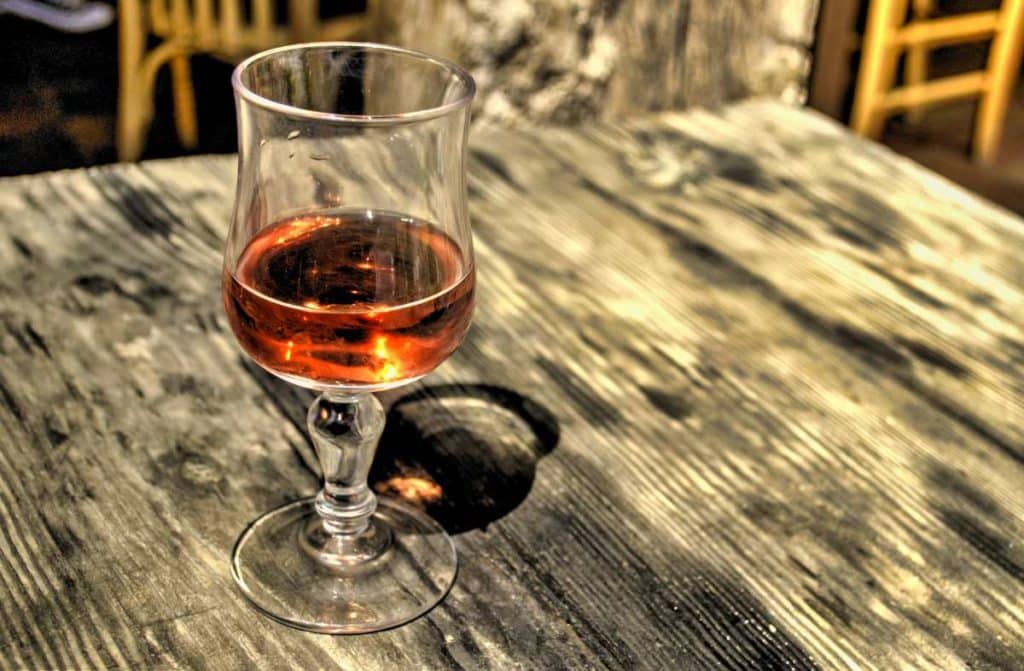
Armenia – Cognac
Viticulture has a long tradition in Armenia, and the climatic conditions here are ideal for high-quality grape juice. As is well known, wine can also be used to produce cognac, i.e. brandy. Actually, cognac is a protected geographical designation, but since an Armenian cognac already won first place at the World Exhibition in Paris in 1900, the Armenians have all the right to call their drink Cognac as well. In addition to cognac oghi is also drunk in Armenia, another brandy that is, however, made from local fruit.
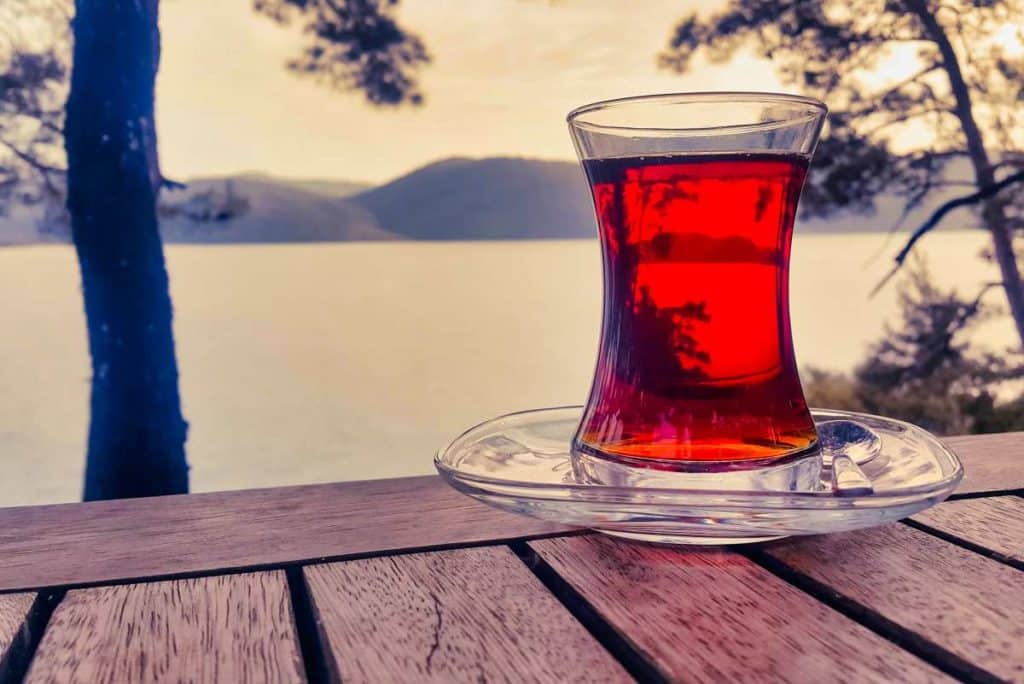
Aserbaidschan – Tea
Black tea is the beverage of Azerbaijan and the local tea tradition goes back some 3000 years. This is partly due to the country’s location north of the Iranian tea-growing regions and its own tea region around Lankaran, but also to the fact that alcoholic beverages never became established in the Muslim country. What distinguishes Azerbaijan from other “tea nations” such as China is the preparation in the samovar (literally translated: self-cooker), which also enjoys great popularity in Russia. Here, concentrated tea is infused with hot water and thus diluted.

Belarus – Kvas
Belarus is quite similar to Ukraine and Russia in terms of its drinks. And in all three countries people like to drink kvas as well as vodka. Kvas looks a bit like beer, but it is a drink made from fermented bread. Literally translated, kvas means “sour drink” and that describes the character of this national drink quite well. Kvas has a very low to no alcohol content and, especially in Belarus, is often sold from a strange vehicle that looks a bit like a manure truck. It doesn’t sound very appetising, but there is hardly a better drink to quench your thirst on a hot summer day!
Bosnia and Herzegovina – Slivovitz
Slivovitz is drunk throughout the whole former Yugoslavia and is as popular as it is notorious. There is both high-quality slivovitz, which can cost around 100 € per bottle and is made from the best plums (sliva means plum in many languages in the region). On the other hand, in the region, especially in the countryside, it is a kind of national sport to distil it oneself. All kinds of things can go wrong, which is why you should be careful when drinking it, out of consideration for your eyesight and your liver. But good slivovitz is very tasty. By the way, it comes in golden shades and as clear schnapps, depending on the barrel in which it is stored.
Bulgaria – Mastika
Rakija, coffee, slivovitz – in Bulgaria there are many drinks that are also known in other countries in the region. But mastika could be called the national drink. It resembles the Greek ouzu or the Turkish raki and contains mastic (hence the name). Mastic is the resin of pistachio trees. Those who expect the drink to have a nutty note will be disappointed, however, because the aniseed flavour predominates. In Bulgaria, by the way, there is a law that says that mastika must contain at least 47 % alcohol. No wonder that many dilute it with water. Just like raki or ouzu, this creates a milky cloudiness in the otherwise clear liquor.
Estonia – Kali
Kali is a fermented lemonade. At first glance, it doesn’t sound very tasty, but especially in summer it is a delicious refreshment. Kali tastes similar to kvas or malt beer. Originally, Kali was made from stale bread, but that is rather the exception today and industrial production uses the grain directly to make the delicious drink.
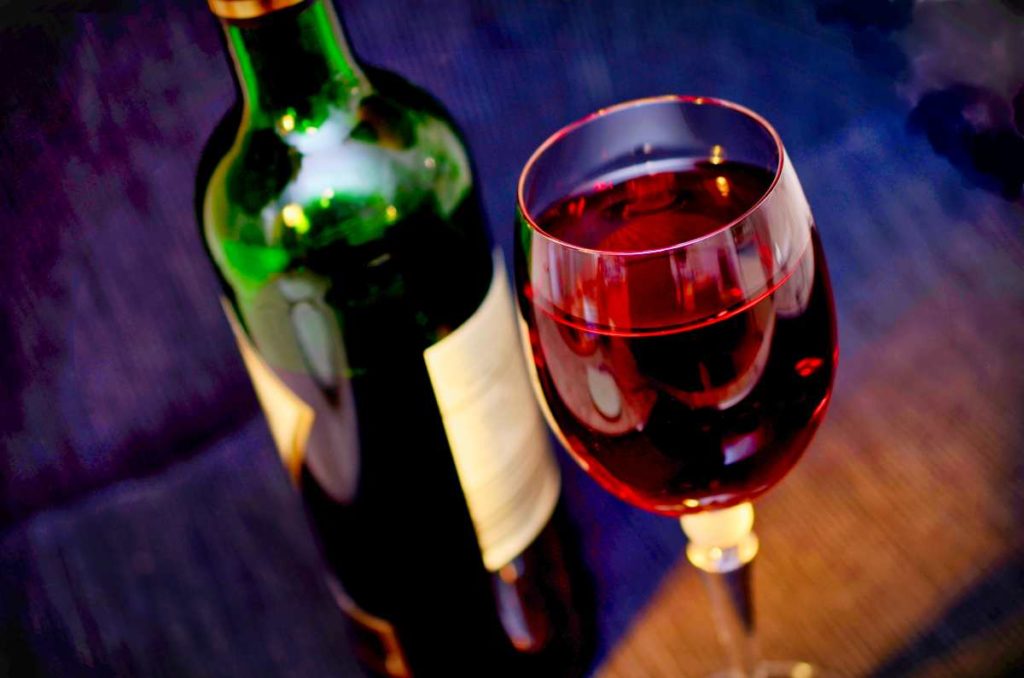
Georgia – Red wine
Those who believe that in the past only vodka was drunk in the Soviet Union, are mistaken. Georgia is historically considered to be one of the countries where viticulture first took place, and the climatic conditions here are ideal. Wine is also the country’s second most important export. There are many white wine varieties, but the country is best known for its often sweet red wines. Incidentally, Georgia has preserved a distinctive toast culture that follows fixed rituals and is part of every feast. A special feature are also the Quevri, clay vessels for ageing the wine. This wine storage method has even been declared a UNESCO World Heritage.
Kazakhstan – Shubat
Shubat is one of the most bizarre national drinks on our list. It’s the name Kazakh name for fermented milk of camels. Lactic acid bacteria and yeasts ensure that the sour milk has a long shelf life. In Kazakhstan, such drinks are very popular, especially in summer, and horse milk (kumys) is also popular here. However, it has less fat and is therefore not as nutritious as shubat, which used to be an important factor in the traditional nomadic lifestyle of the Kazakhs. Shubat, however, is not just a filling drink, but is touted as a real all-rounder that is said to have numerous healing properties. Whether you can get the drink so easily at home, however, is another matter.
Kosovo – Mountain Tea
Kosovo differs only slightly from Albania in terms of its cuisine. However, mountain tea could be considered a kind of national drink here, in Albania and also in northern Greece. It is brewed from Sideritis plants. The plants of this genus grow only in higher regions. After picking, the crushed stems of the plant are infused with hot water together with the leaves and flowers and then steeped. The mountain tea is great for colds, but also helps with digestion and is now also available in good tea shops in the west.
Croatia – Gvirc
Many drinks are popular in Croatia. Slivovitz, wine from the mountains around Zagreb or from the coast and beer are often served. But a real classic and another national drink is gvirc. It is made by fermenting a honey extract. This produces a drink with a dark colour that has about as much alcohol as a heavy red wine. Gvirc is usually drunk chilled or on ice. Supposedly, gvirc is good for the blood values and slows down the ageing of the organism. But it probably depends on the right dosage …
Latvia – Black Balsam
In the 18th century, according to legend, a pharmacist from Riga made a drink that cured Catherine the Great of an illness. Critics may note that Rīgas Melnais balzams (Riga Black Balsam) still tastes like medicine, but this does not change its popularity. It has a characteristic black colour and an alcohol content of 45%. The Black Balsam tastes quite bitter and the exact composition is still a secret today. However, there are also numerous variants of the drink that taste much sweeter.
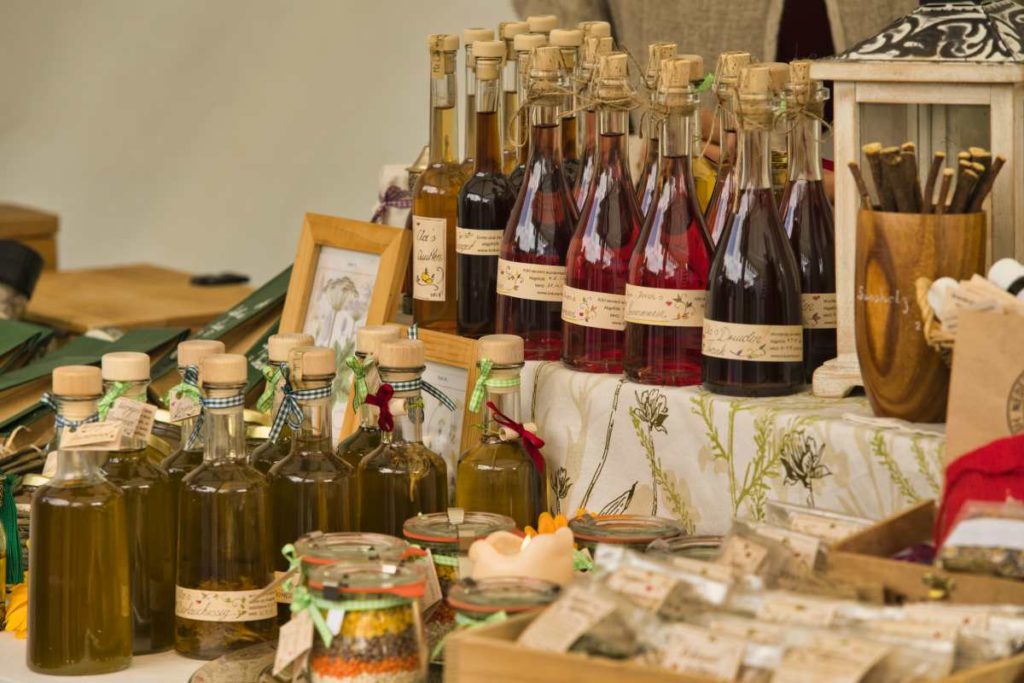
Lithuania – Mead
Mead is one of the oldest drinks of mankind. In some countries it has gone out of fashion today, but not in Lithuania, where it is made from pale blossom honey. Midus, as mead is called in Lithuanian, was praised as one of the best in Europe as early as the Middle Ages. Even today, there are many people in the countryside who keep bees just to be able to produce the honey-sweet drink. There is also a nice tradition of preparing a barrel of mead when an offspring is born, which is then given to the offspring as a wedding present.
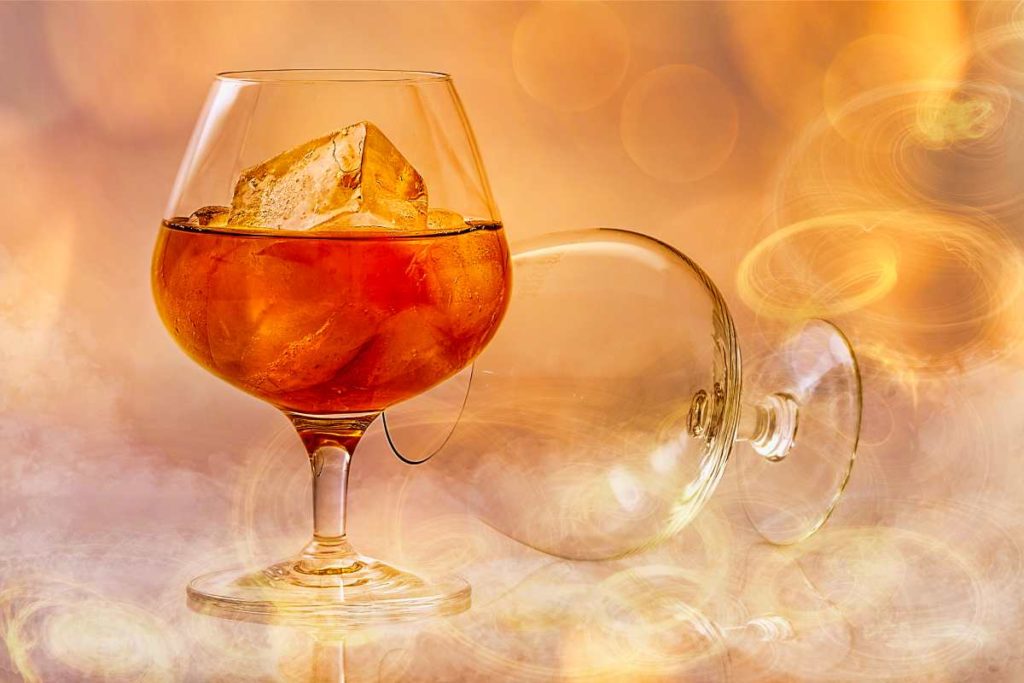
Moldova – Brandy
The Republic of Moldova also has wines that were once drunk throughout the Soviet Union. After all, not far from the Moldovan capital, on the Milestii Mici vineyard, there is even the largest wine cellar in the world (it is 200 km long, although only 55 km are in use). And here, too, brandy is made from the wines. Above all, the breakaway Transnistria is known for its brandy, which you can also get at home in well-stocked (internet) specialist shops.
Montenegro – Ioza
Slivovitz is also a popular drink in Montenegro, and the most popular beer in the entire region is brewed here. Ioza, which is mainly drunk on the coast, is also well-known. Ioza is a marc brandy that tastes similar to Italian grappa and is distilled in a copper pot. It is often drunk after meals or with coffee, which brings us to northern Macedonia.
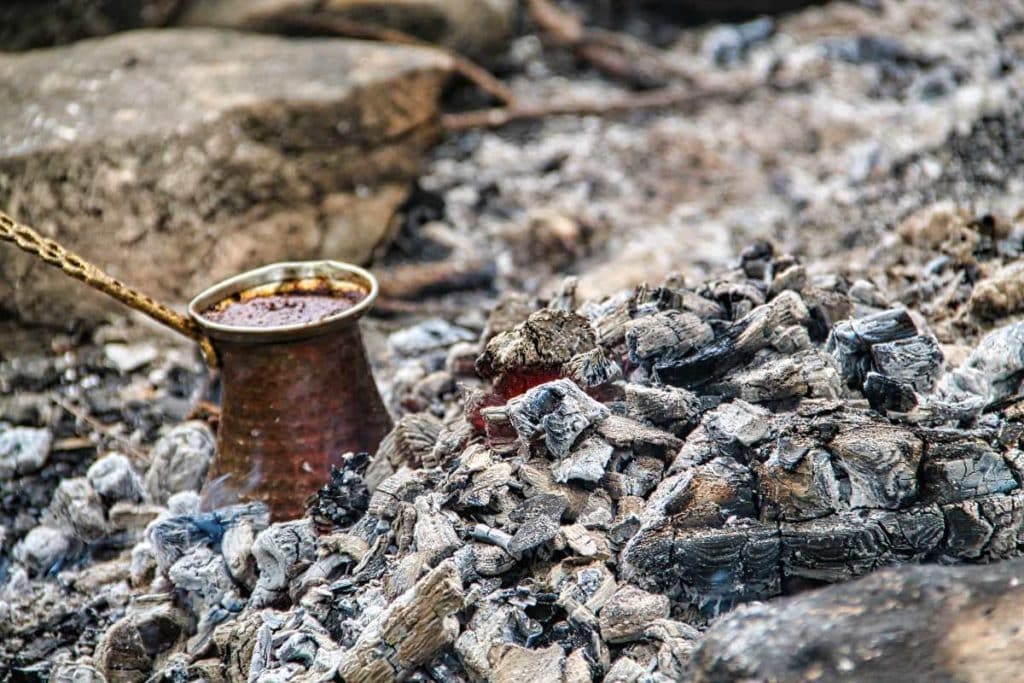
Northern Macedonia – Coffee
Northern Macedonia is mainly home to representatives of the Slavic Northern Macedonians and the Albanian minority. This leads to conflicts time and again, but the two ethnic groups are always united in their love of coffee. Northern Macedonia is strongly influenced by Turkey in terms of its coffee culture. Here, coffee is often still boiled on charcoal or an open fire in a copper pot and then drunk from small glasses. This often leaves small coffee residues between the teeth, but the taste is absolutely unique.
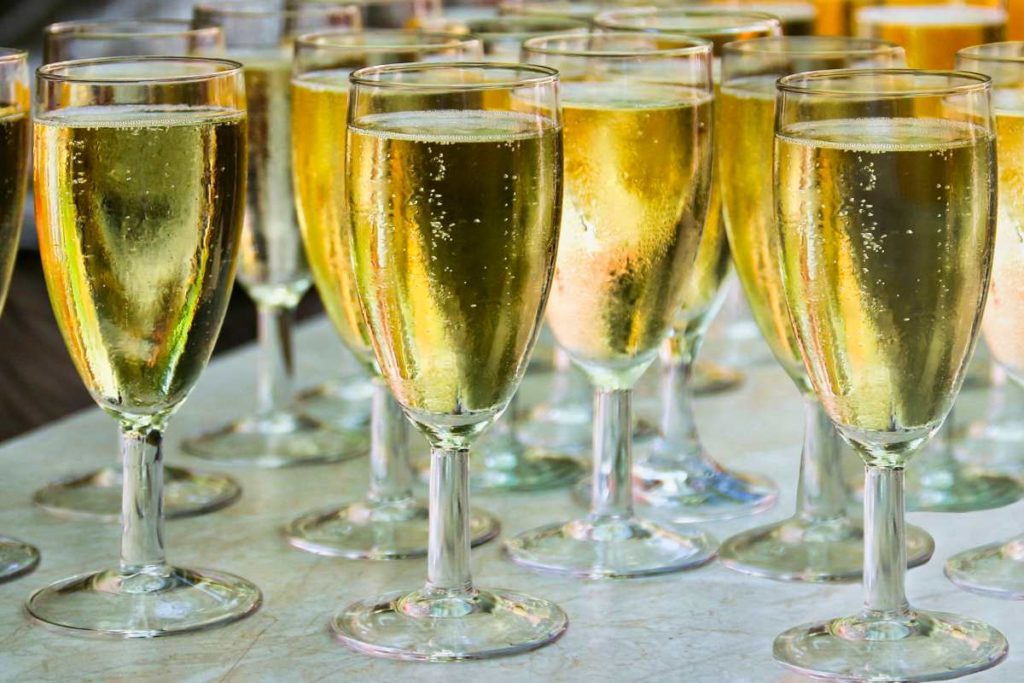
East Germany – Sparkling Wine
Eastern Germany is a classic beer region. But it is also famous for its Rotkäppchen sparkling wine. The brand has been around since 1894, and the sparkling drink is produced in Freyburg in Saxony-Anhalt. In the GDR, the sparkling wine was cult, and after the fall of the Berlin Wall, it also became popular in the West. Incidentally, the Sektkellerei Rotkäppchen is housed in a wonderfully preserved 19th-century building, one of the most beautiful factories in Germany. Germany’s largest cuvée barrel is also located here.
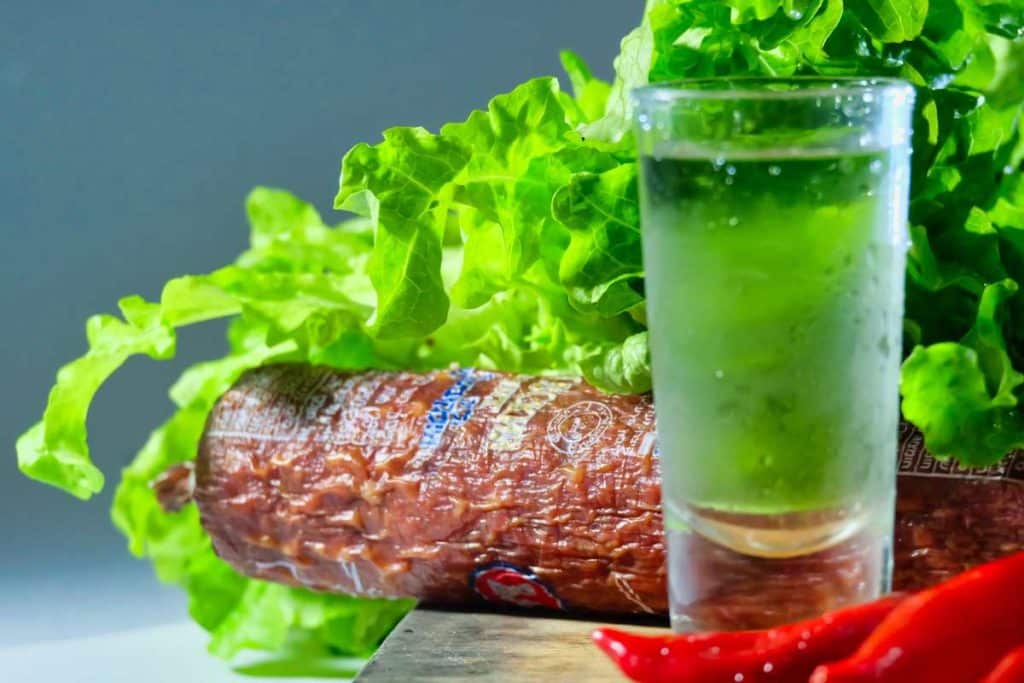
Poland – Vodka
We said at the beginning that vodka from Eastern Europe is a stereotype, but of course it must not be missing from our list. It is available here in countless variations and flavours. Apart from the many clear schnapps, the Żubrówka from the north-east of the country is particularly well-known. A blade of grass is added to this, which gives it a greenish note and a special aroma. Together with apple juice, the result is a drink that Poles like to call apple pie. By the way, in this article I describe my visit to the Polish Vodka Museum.

Romania – Țuică
Țuică is made from plums and is not unlike slivovitz. Țuică is prepared in late autumn, traditionally the process has to be completed by Christmas, which is mainly related to the plum harvest time in late summer. Țuică is usually distilled black and is the national drink of Romania. Incidentally, American researchers have found that Țuică is quite good for vascular diseases in small quantities.
Russia – Kefir
Russia, people drink vodka here all the time, don’t they? Of course, vodka has the status of a national drink, so to speak, and kvass and beer can also claim that. But there is also kefir. This sour milk has a minimal alcohol content and is carbonated. Thus, Russian kefir differs from what is offered in the west under this name. Incidentally, the drink originates from the Caucasus, where its positive effect on the intestinal flora has been known for a long time.

Serbia – Rakija
Rakija is actually something like the national drink of all countries in the former Yugoslavia. The generic term refers to nothing more than a fruit brandy produced by distilling fermented fruit. The best-known Rakija representative is Slivovitz, which is made from plums and which we have already described to you above. Rakija is so popular that it has even found its way into religious rituals. At many Serbian funerals, for example, it is distributed to the guests together with a piece of bread after the actual ceremony. A few drops have to land on the floor; they then belong to the soul of the deceased.

Slovakia – White wine
Wine from Slovakia? You heard right. Especially in the south-west of the country there are excellent wine-growing regions whose products differ in quality in no way from their Austrian neighbours. The best-known Slovak wines are Mladé víno (“young wine”), which must be bottled in the year of harvest, Archívne víno (“archived wine”), which must be stored for at least three years, and Panenská úroda (“virgin harvest”). This wine is significantly rarer, as only that obtained from the first harvest on the respective vineyard may be called such.
Slovenia – Pelinkovec
Pelinkovec is a herbal liqueur that is also popular in Croatia and Serbia, ws well as in north-eastern Italy. It contains about 30 % alcohol and is similar to the German Jägermeister. The herbs are traditionally extracted from the Slovenian mountains and give it its bittersweet note. In Slovenia, it is usually drunk slightly chilled as an aperitif before a meal or as a digestif after a sumptuous meal.

Czech Republic – Beer
What many people don’t know: Czech Republic produces excellent wines that regularly win international prizes. But of course, it is primarily known for its beer. The cities of České Budějovice and Plzeň are particularly famous for their breweries. Plzeň even has its own variety, Pilsner, which is so popular in Germany. No wonder that the Czech Republic has by far the highest beer consumption per capita, although this could also be due to the many bachelor parties of English and German groups in Prague …
Ukraine – Khrenovukha
Ukraine also has kvass and vokda. But the country is also known for khrenovukha. This is vodka with horseradish. It is often made at home and can therefore vary in spiciness. You have to get used to the taste, but it is incomparable. Incidentally, khrenovukha has also been known in Russia for a long time. Peter the Great is said to have once decreed that a certain amount of khrenovukha should be stored in every house to protect against the cold. A second national drink is medovukha. This has less percentage and consists of fermented fruit to which honey and alcohol are added.
Hungary – Unicum
In Hungary, two drinks compete for the title of national drink. On the one hand, there is pálinka, which has been distilled for centuries. This is a fruit brandy that can be made from various fruits. But perhaps even better known is Unicum, a digestive bitter that was even drunk at the court of the Austrian emperor. Unicum comes from Budapest and is much more bitter than the Jägermeister we know.
No products found.
No products found.
No products found.
Did you like the article? Do you have a different opinion? What do you think is the ultimate national drink in Eastern Europe? Let us know and write us a comment!


